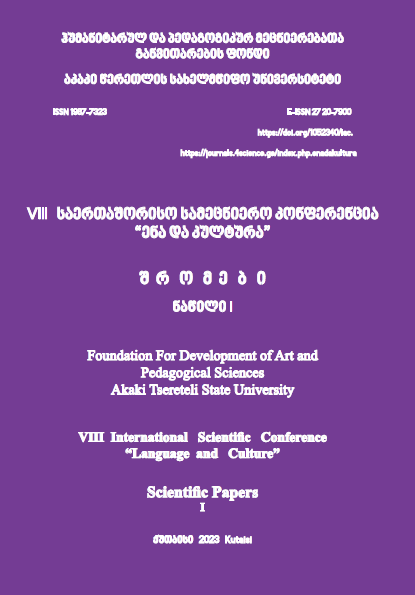A typology of online and blended learning
DOI:
https://doi.org/10.52340/lac.2023.08.24Abstract
Along with the development of technology, the approach to traditional teaching methods is also changing. Nowadays, knowledge can be effectively acquired outside the classroom. This is thanks to e-learning and teaching methods based on it. The advantages of e-learning are undeniable. Technology facilitates continuous professional development for both the learner and the teacher. Research shows that online learning works best for educators who want to effectively provide different ways of learning for their students. Technology only makes the learning process easier. New technologies are a powerful force to achieve goals because they ensure the availability of all information. Today it is more important to be able to use it. E-learning may not require new theories of learning to account for learning experiences, but it does define a new learning paradigm. Based on global interactivity, collaborative learning, and continuous access to educational activities and resources, it provides an approach that emphasizes international connections and shapes new ways of working, learning, and problem solving.
Downloads
References
Coomey, M., Stephenson, J., ‘Online learning: it is all about dialogue, involvement, support and control – according to research’, Teaching and Learning Online, Kogan Page, London, 2001.
E-Learning: If We Build It, Will They Come?, American Society of Training Directors, ASTD and The MASIE Center, 2001, (at: http://www.masie.com/masie/default.cfm?page=researcharticles
Spector, M., Foreword in: Steeples, C. and Jones, C., Computer Supported Cooperative Work, Springer, London., 2001.
Stephenson, J., ‘Learner-managed Learning – an emerging pedagogy for learning online’, Teaching and Learning Online, Kogan Page, London, 2001









